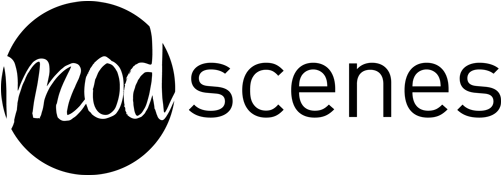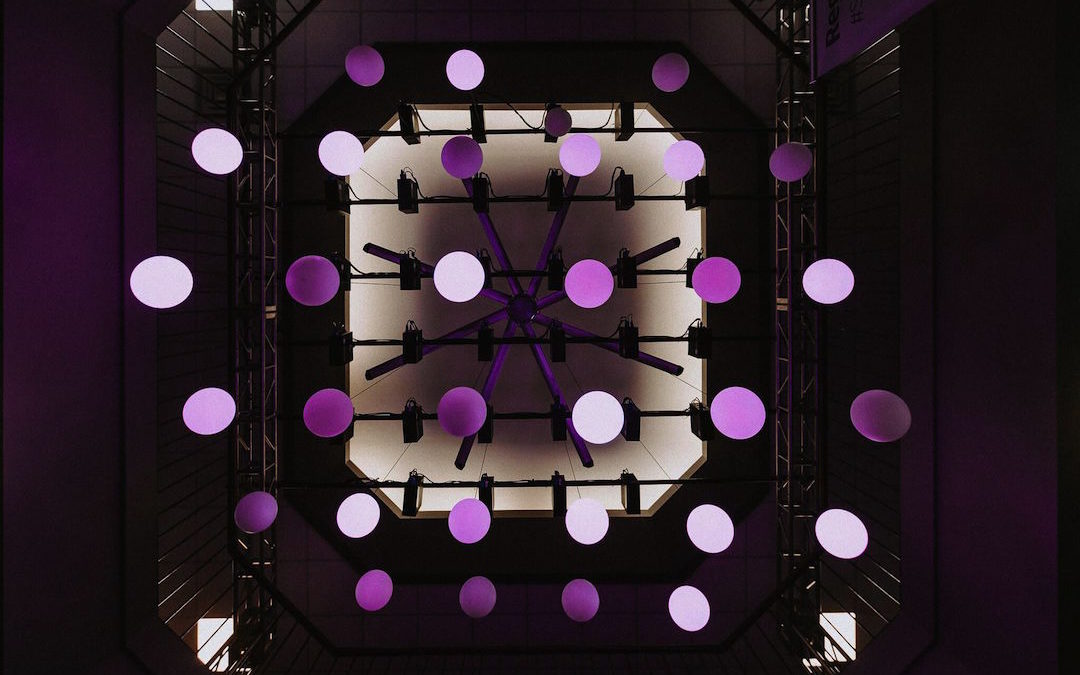Welcome to the Mod Scenes podcast. This is your host, Stephen, and I’m thrilled to talk to you today about stage designs and specifically about creating stage backdrops in churches, using towers. So towers, what do I mean by that? I mean, self-supporting scenic elements that are, um, square or triangular in shape that make a vertical Ascension into the Heights. Uh, so, uh, for example, uh, a lot of churches where they don’t have the infrastructure, so say they don’t have either the depth to use our ground support sands, or they don’t have something in the ceiling. They can hang from a lot of times. What they’ll do is that when they’re doing towers of our monsoons panels, so using our Martine’s tower connectors, you can actually create a three-dimensional tower, uh, using a set of either four panels or three panels per level. Uh, so the four panels would obviously connect at a 90 degree angle to create a square.
And you kind of stack those squares up depending on the panel design, um, on the [inaudible] line, you can stack them up to 10 feet tall and on the proteins line up to 14 feet tall. So there’s quite a bit of a, quite a bit of play in those to be able to make some pretty tall imposing designs. Uh, additionally, you can use the tower hardware mixed with the stage backdrops hardware to make wider tower. So say you want a four foot wide tower. You can create that using the combination of the backdrop and the wall connectors. Um, so one of the key reasons why you would use towers is towers are really great for communicating depth. Uh, and they’re easy to move around. So say you have a contemporary service and a traditional service. You can easily move your towers off of the stage in between services, uh, making things super simple for you.
Uh, let’s see, what else. Um, so one of the great things you can do with when designing what towers is, you can have the tower stair-step, so you can start with a larger tower in the center, say, let’s say a 12 foot tower. And the next tower on the outer edges of that would be a 10 foot. Next one would be an eight foot. And that helps to give a larger look, even if you’re not using quite as many panels, uh, which helps you to save, uh, costs. Uh, another thing with towers is towers are really great to be able to put a single light in, so you can stretch your lighting further so you can get more of a silhouette look as opposed to a full on front light look. Um, our towers, we also have our frosted panels that you can put on the interior of the tower and that allows the tower to look like it glows and two different, uh, types of material, um, because it hides the source that’s inside of the tower.
Uh, let’s see, what else. Um, additionally, we can, uh, additionally, we can Greek triangle towers. So these triangular towers, instead of using a 90 degree angle on the edges, uh, they use a 60 degree angle. So it keeps it a really tight angle. Um, so you could create, I look similar to a stage backdrops, but with all the dimension that you are looking. So that’s a really great option. Uh, that’s one of our newer products. Uh, we also even have a three-way connector so that you can put a topper on top of the triangle towers so that it looks like a nice finished piece. Uh, you can do the same thing with our square towers using a standard square panel, uh, and with either tower option, you can also additionally add half panels. So half panels are exactly what they sound like. They are a half height panel, uh, that gives you additional height at the bottom of the, at the bottom of the tower, so that you can hide your light, uh, or if you need to make a seven foot tower in order to stay within the confines of a room, for example, uh, you can do that using the half, half panels, they bolt together just like any of the other panels, um, and give you that nice finished look.
Uh, if you’re looking for something even more unique, you can use the half towers on both the top and the bottom and make it look more like a column, which is a great option. If you’re looking to have something that looks Regal or it looks really nice and majestic, it’s a great option and the data that will cut down on the need for as many, um, pattern panels. And it will give you a really good look, uh, using those half panels. Additionally, with the half panels, we also have a version that they have panel and stage backdrops. And so what that does is it has a little cut in the bottom, so that you’re able to, um, so you’re able to put, uh, so you’re able to put, um, uh, every they’ll put cables through the bottom of your, uh, tower. That way the cable is going to your lights are easy to use.
You just roll those cables through, um, and you can plug and unplug they’re wide enough that it gives you the opportunity to be able to move those back and forth. And those things surround it and not have to have any type of, uh, any type of issue with that. The, uh, those holes for those cables on the half panel cables are essentially large enough that you can fill up at an L six 20 and a DMS cable through at the same time, they’re made to be able to be flexible so that you can put all kinds of different lighting inside without having to worry about the worries that of taking your tower apart to rewire or, um, reroute things. Uh, these can also be a really efficient, uh, cable covering method. Uh, if you’re trying to cover cables on the back edge of a stage, um, or you’re trying to create an atmosphere where you would need a really finished look like a corporate event or a special event, or say a launch, that kind of things, um, where you’re trying to make a really, really pristine appearance. This is a great way to get stage backdrops.
Build towers on one wall and all your cabling
Can run right through the center with no problem.
So I hope this is a helpful podcast that you’ve learned tons about are perfectly awesome. Stage design towers. If you have any other questions, I would absolutely love to help you with those. You can email us@salesatmazzi.com. And again, my name is Steven. I’d be happy to help you, uh, with your next project and happy to tell you all about, um,
The ways that Mod Scenes can help you to create a beautiful stage backdrops design. So again, contact us either via email, us sales@modscenes.com or via phone at (530) 723-6421. Alternatively, you can also submit a form on our website, which is [inaudible] dot com. Thank you again for tuning into the Mod Scenes podcast. I’m excited to be able to serve you soon. Thanks again.


Recent Comments